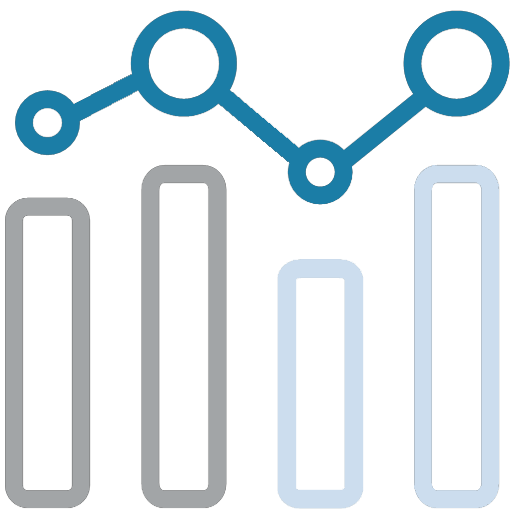Predictive Analytics

Predictive analytics involves using historical data and statistical models to predict future outcomes. It helps organizations anticipate trends, risks, and opportunities.
- Process:
- Data Preparation: Collect and clean historical data from relevant sources.
- Model Selection: Choose appropriate statistical or machine learning models, such as regression analysis, decision trees, or neural networks.
- Model Training: Train the models using historical data to identify patterns and relationships.
- Validation and Testing: Validate the models using test data to ensure accuracy and reliability.
- Deployment: Deploy the models to generate predictions and integrate them into decision-making processes.
- Purpose:
The goal of predictive analytics is to provide actionable insights into future trends and outcomes, enabling proactive decision-making. - Outcome:
Accurate predictions that inform strategy, reduce risks, and identify opportunities. - Challenges:
Building and validating predictive models requires expertise and high-quality data. Additionally, interpreting the results and integrating them into decision-making processes can be complex. - Best Practices:
- Use high-quality and relevant data to train models.
- Regularly update and retrain models to reflect changes in the environment.
- Validate models using independent test data to ensure accuracy.
- Focus on actionable predictions that drive decision-making.
